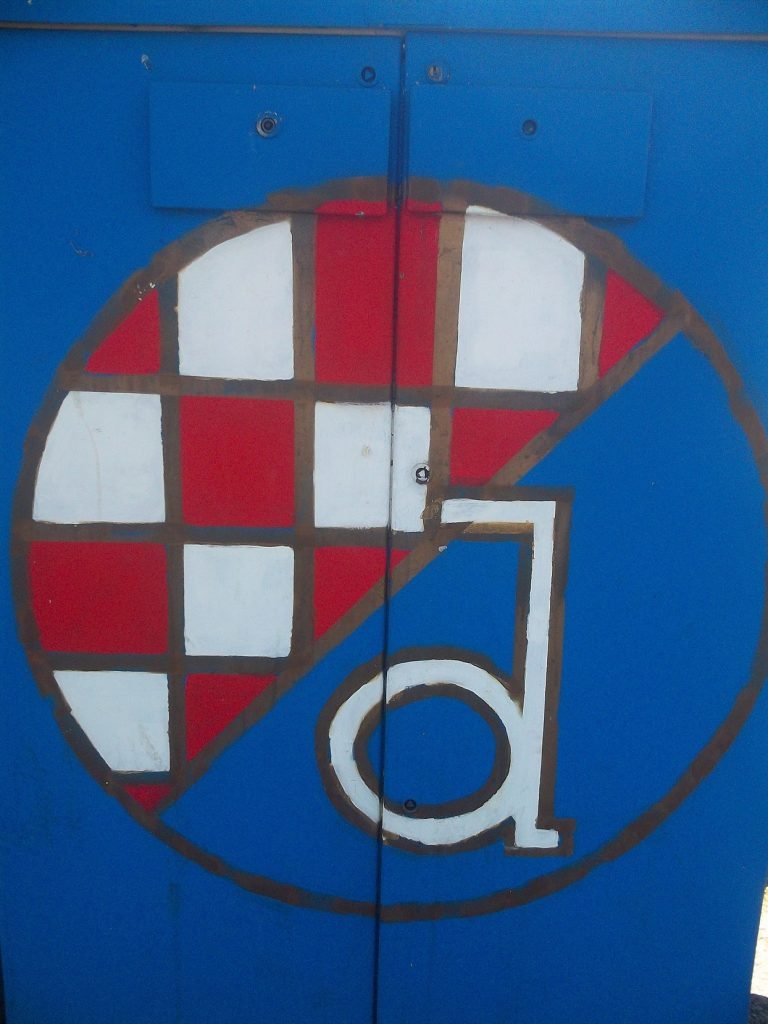It’s fair to say that Croatian football is in the midst of its most successful period.
FIFA World Cup semi-finalists in 1998 the Croatian national team (Hrvatska nogometna reprezentacija) went one better in 2018 reaching the World Cup final in Moscow only to fall at the last hurdle.

Almost half a million people welcomed the team home from Russia despite the failure. Maksimir Park was a mass congregation point for the thousands of supporters who marched to the city center of the capital to welcome the squad home.
Located in Zagreb’s Maksimir district the home of the Croatian national team could never be regarded as being among European football’s most glamorous. Over the years it has hosted a 1976 European Championship semi-final between Czechoslovakia and Holland; a third place play off involving the host nation and in 1990 it was the venue for the infamous Dinamo Zagreb – Red Star Belgrade riot.
A riot that was one of the key milestones on the road to war.

The stadium takes its name from the man after whom the nearby park is named – Bishop Maksimimilijan Vrhovac of Zagreb who died in 1827.
Unlike the modern day stadiums we see across much of Europe, the current Maksimir is a legacy of the Socialist Yugoslav era although football was first played on the site in 1912.
It retains an open feel even in the upper tiers and the stands sit like leaning slabs of plain concrete decked these days in the blue colors of Dinamo. While new stands have been constructed since the 1990’s the southern curve remains.
It is often the home for visiting supporters.

Numerous upgrades have occurred over the years (major redevelopment work occurred in 1997, 1998 and in 2011) a complete overhaul of the Maksimir is still to happen despite the consistent success of the Croatian national team and the popularity of the resident club side Dinamo.
Over the course of the last decade, multiple concepts were presented that aimed to further modernise the stadium, most notably by constructing a roof.
However reconstruction has not been forthcoming with the home club often mired in off the field financial controversy and allegations of match fixing.

Getting the city of Zagreb, the national association (HNS) and Dinamo to work together successfully on a multi million project has never got off the ground to date.
Referendums on the top have been cancelled or cancelled.
Then in late August 2019 Dinamo Zagreb defeated Rosenborg in the Champions League play off round. This brought Dinamo into the riches of UEFA Champions League.
Almost immediately after qualification was secured a new request for the redevelopment of the Maksimir was made.
Dinamo President Mirko Barišić in a club press release stated that the City of Zagreb and Dinamo Zagreb were embarking on a joint action to build a brand new stadium on the site of the current one. His words were then echoed by the Mayor of Zagreb who said that the ‘City of Zagreb will build the most beautiful stadium suitable for the 21st century at the existing stadium’s location‘.

This new announcement is set to end speculation that Dinamo may leave the stadium it has called home since 1949.
Moreover the HNS (the Croatian Football Federation) are eager for a stadium that reflects the growing status of Croatia in world football given events in Russia 2018.

Where Dinamo will play its home games should demolition of the Maksimir occur is currently unknown as little is known of the design or timeline of any new concept. One option is the use of the Kranjčevićevoj Stadion home of NK Zagreb although whether the smaller capacity of 8,500 will be sufficient to meet the needs of the national team or Dinamo during construction is open to question.

The national team meanwhile might cope with any prolonged construction period by taking the national team matches around Croatia with qualifiers earmarked for new stadiums in Rijeka and Osijek.

The new design concepts for the redeveloped Maksimir could soon to be available online but it’s hard to see whether the new stadium can match the record of the current ground.
The Maksimir as Croatia’s prime sporting venue.
Until defeat by England in 2008 the Croatian national team had not lost a home qualification game in Zagreb for over 16 years.
Update 2024: In June 2023 plans were made to reconstruct Stadion Kranjčevićeva, the second major stadium of Zagreb.
However, a month later the two major football stadiums in Croatia – Maksimir and Poljud were declared sports buildings of national interest by the Croatian Government. This decision was said to confirm the government’s intention to construct a new stadium in Maksimir and complete significant renovations to Poljud in Split.
In December 2023, the Croatian Government, the City of Zagreb, and the Zagreb Archdiocese reached a resolution on a land rights dispute that will allow the construction of a new stadium at the location of the current Maksimir Stadium to proceed.

